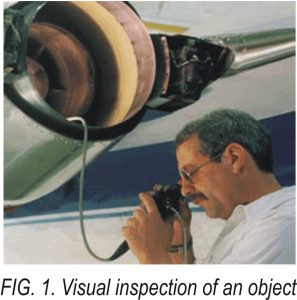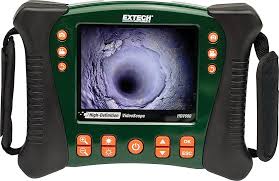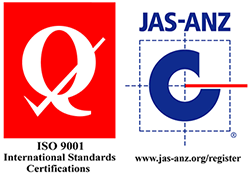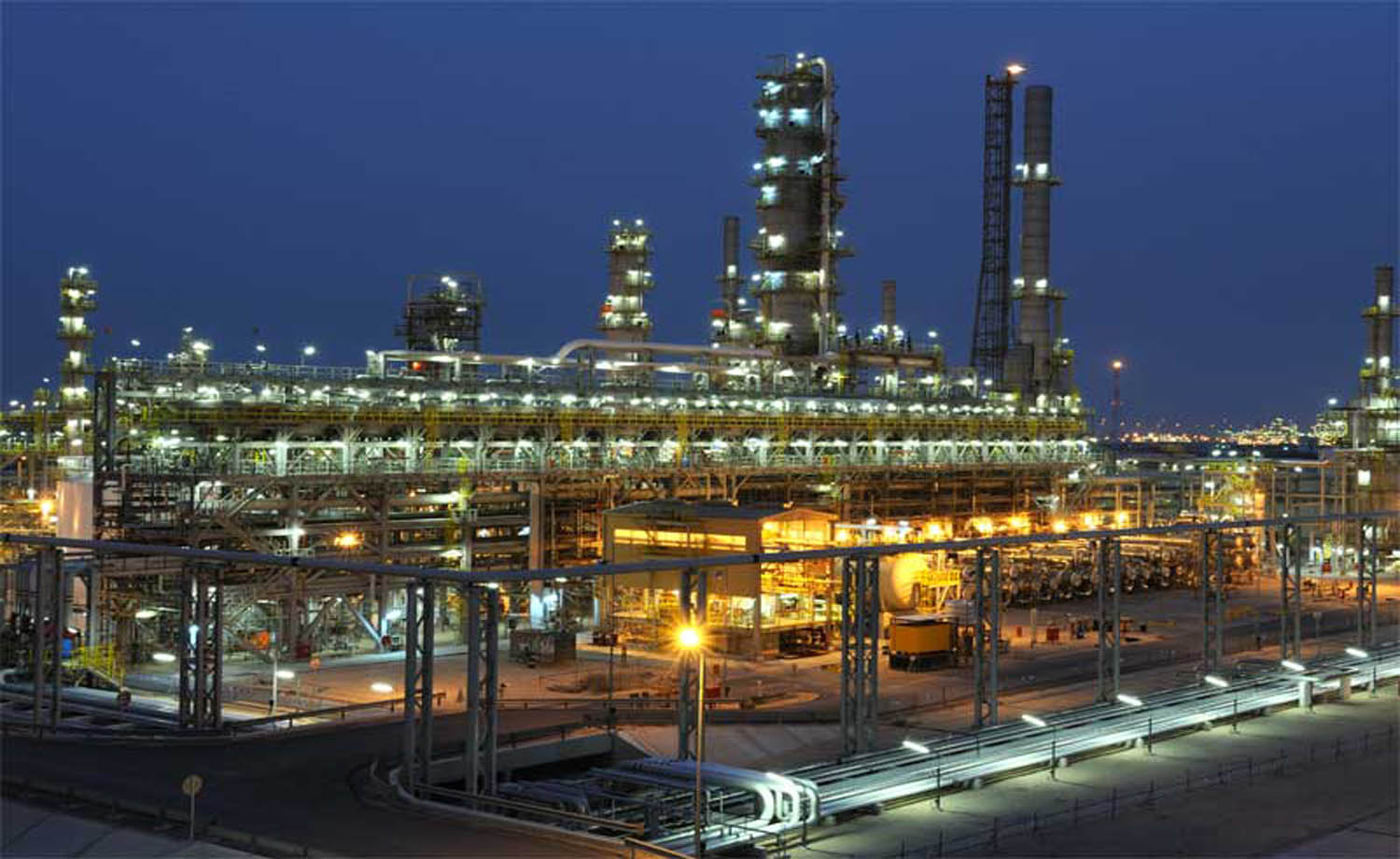Industries we have served

Visual Testing
Home » NDT Services » Visual Testing
Visual inspection refers to an NDT method which uses eyes, either aided or non-aided to detect, locate and assess discontinuities or defects that appear on the surface of material under test (Fig. 1).
It is considered as the oldest and cheapest NDT method. It is also considered as one of the most important NDT method and applicable at all stages of construction or manufacturing sequence. In inspection of any engineering component, if visual inspection alone is found to be sufficient to reveal the required information necessary for decision making, then other NDT methods may no longer considered necessary.
Visual inspection is normally performed by using naked eyes. Its effectiveness may be improved with the aid of special tools. Tools include fiberscopes, borescopes, magnifying glasses and mirrors. In both cases, inspections are limited only to areas that can be directly seen by the eyes.
However, with the availability of more sophisticated equipment known as borescope, visual inspection can be extended to cover remote areas that under normal circumstances cannot be reached by naked eyes. Defects such as corrosion in boiler tube, which cannot be seen with naked eyes can easily be detected and recorded by using such equipment.
Although considered as the simplest method of NDT, such an inspection must be carried out by personnel with an adequate vision. Knowledge and experience related to components are also necessary to allow him to make correct assessment regarding the status of the components.
Advantages
- Cheapest NDT method
- Applicable at all stages of construction or manufacturing
- Do not require extensive training
- Capable of giving instantaneous results
Limitations
- Limited to only surface inspection
- Require good lighting
- Require good eyesight

Remote Visual Inspection – Videsocopy
While vision may be the most acute of human senses, there is a limit to what our eyes can see. Unless a material is transparent like glass, we cannot see what lies behind it. In the field of nondestructive examination (NDE), there are situations where it is useful to look deep inside engines, gas turbines, machinery, behind walls, inside pipes and tanks, and into similar places where access is limited. Remote visual inspection (RVI) is a nondestructive technique that permits a user to visually inspect an area that has no direct visual access. In RVI, a slim and often flexible viewing device, commonly referred to as a “scope,” is inserted into the inspection area through a small opening providing an image for the operator to examine. Like all NDE tools, RVI allows an inspector to discover hidden defects before they cause major problems.

LED Lighting – Because the vast majority of RVI applications are done in areas where natural or ambient light is not present, most RVI setups include illumination systems to light up the area of inspection. Older systems would typically be AC powered and utilize high wattage bulbs to transmit light through fiber bundles into the area of interest to allow for visual inspection. With the incorporation of light-emitting diode (LED) technology, however, RVI systems have become less power hungry and been able to cut the cord. With the reduced power consumption of LEDs, current videoscopes are often battery powered and highly portable. In addition, new advances in technology allow the LEDs to be incorporated directly in the distal end of the insertion tube surrounding the CCD camera within. In the same way the image fiber bundle was eliminated via use of the CCD camera, the light guide cable can now also be removed, which increases the overall durability of the system. Furthermore, as the LED technology evolves and becomes brighter and more efficient, locating the LEDs within the tip permits upgrades in the field by swapping out a single interchangeable component.

Where Videoscopes Are Used – Important markets for RVI include the aerospace industry, power generation, pharmaceuticals, and petrochemical plants, as well as the automotive and manufacturing industries . The range of equipment spans from small-diameter borescopes used to pick locks to advanced videoscopes to inspect large turbine engines. For example, inspection of jet engines during periodic maintenance is a major application, permitting visual inspection of critical components with minimal teardown. RVI is also used for examining several other areas of aircraft where access is limited, such as flaps and rudder control mechanisms and airframes. Similarly, power generation turbines can be inspected for internal wear or other problems. In manufacturing, RVI can be used to inspect the inside of parts for hidden defects.


